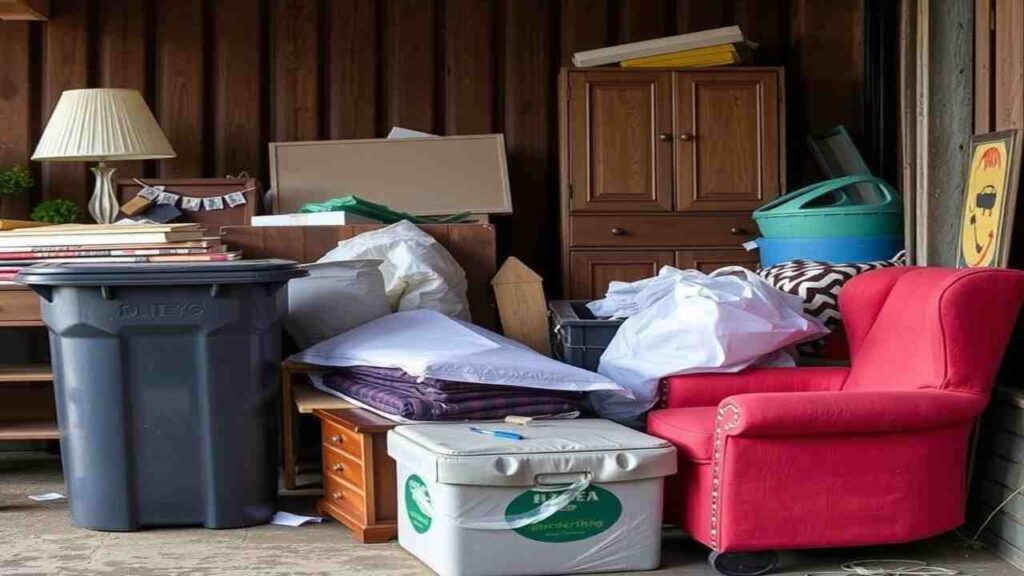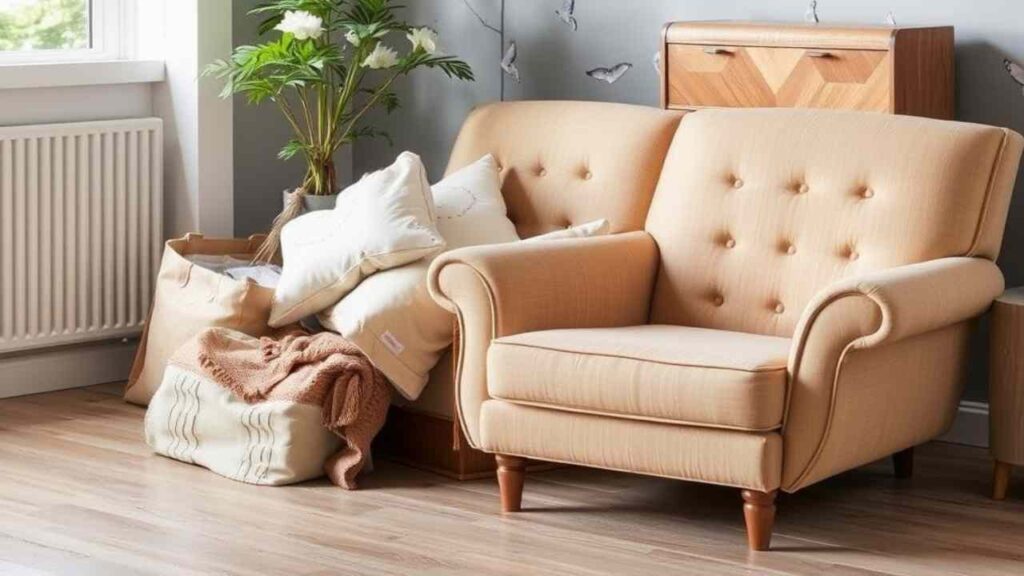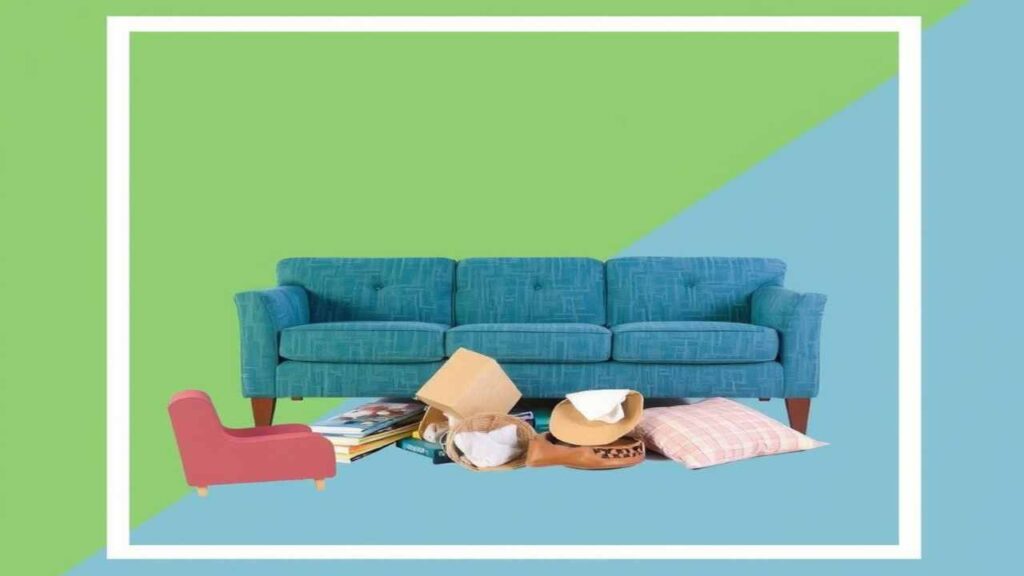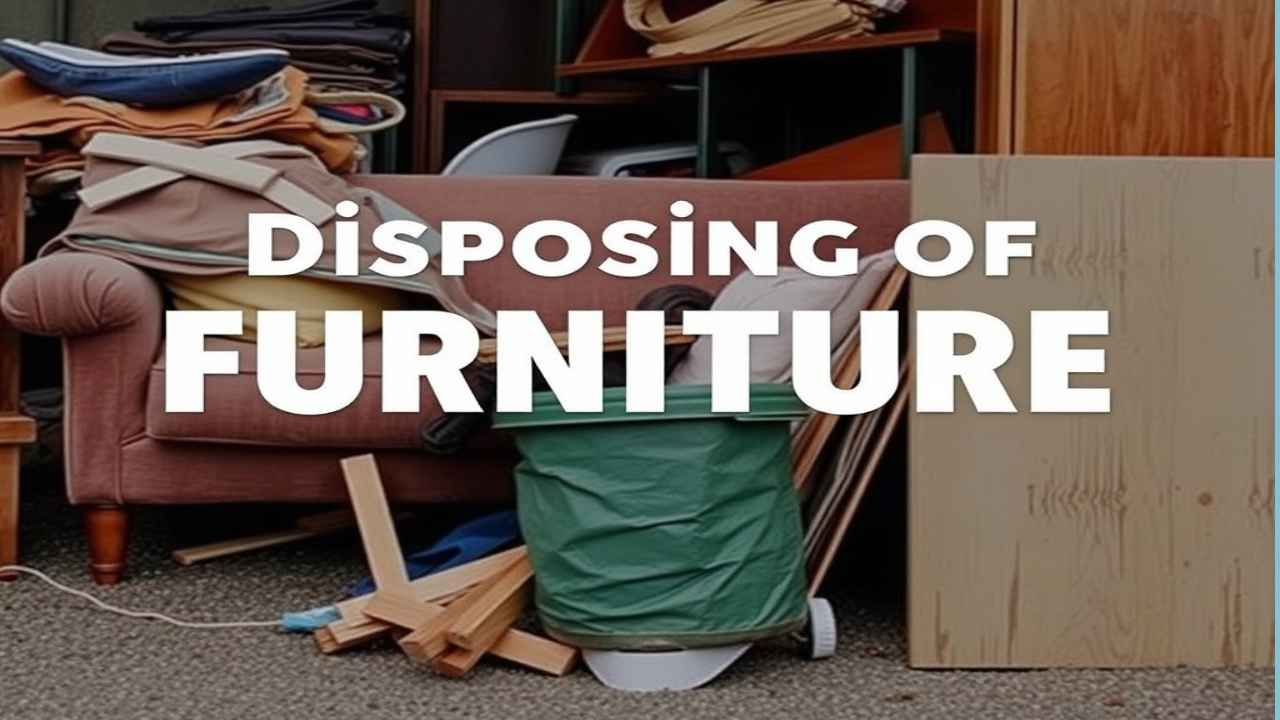Disposing of furniture responsibly is crucial for the environment and your community. Whether you’re moving, redecorating, or simply decluttering, here’s a comprehensive guide on how to properly dispose of furniture.
Local Regulation
Before you set out to dispose of your old furniture, it’s essential to undrerstand your local regulations:
Check Local Guidelines: Visit your local goverment or waste management website to find specific guidelines on furniture disposal. This may include information about what items are accepted at recycling centers and landfills.
Bulk Waste Pickup: Many areas have designated days for bulk waste pickup. Adhere to these schedules for safe and legal disposal.
Hazardous Materials: Some furniture pieces, especially those with electronics, batteries, or chemicals, may have specific disposal requirements. Comply with these regulations to avoid fines and environmental harm.
Recommended Disposal Methods
Bulk Item pickup or Drop-Off

Local Waste Management: Contact your local waste management or sanitation department to inquire about bulky item pickups or designated drop-off locations. This is often the easiest way to dispose of large furniture pieces.
Donation
Charities and Donation Centers: Contact local charities or donation centers to see if they accept furniture donations. Donating is an excellent way to give your used furniture a new home and help those in need.
Sell or Give Away
Online Platforms: Consider selling or giving away your furniture online through websites like Craigslist, Facebook Marketplace, or Freecycle. This not only keeps furniture out fo landfills but can also earn you some extra cash or goodwill.
Recycling
Material Recycling: Investigate recycling options for materials such as wood, metal, or uphostery. Some recycling centers specialize in breaking down furniture into recyclable components.
Repurpose or Upcycle

Creative Projects: Explore ways to repurpose or upcycle old furniture. With a bit creativity, you can transform an outdated piece into something new and functional for your home or community.
Contact Local Waste Management
It’s important to check directly with your local waste management or sanitation department to confirm details regarding bulky item pickup or specific drop-off loacations. Each borough or city may have unique processes and requirements , so getting accurate, up-to-date information will ensure you are disposing of your furniture legally and efficiently. This step helps avoid unnecessary penalties and supports the community’s efforts tomaintain clean and safe neithborhoods. Donating is an execellent way to give your used furniture a new home and help those in need.
Repurposing and Upcycling Ideas
Transforming old furniture into creative and functional pieces not only adds a personal touch to your home but also reduces waste. Here are some imaginative ideas to repurpose or upcycle your furniture.

Convert a Dresser into a Bookshelf: Remove the drawers from an old dresser and adjust the shelves to create a stylish bookshelf. Paint or stain the piece to match your home’s decor.
Make a Bench from an Old Headboard: Repurpose a wooden headboard by adding legs and seating to turn it into a charming bench for your entryway or garden.
Craft Shelves from Ladder Rungs: Take an old wooden ladder and use the rungs as shelves for displaying plants, books, or decorative intems.
Transform a Dining Table into a Workspace: Turn an outdated dining table into a desk by painting it chalkboard paint or adding an organizational system for office essentials.
Turn a Door int a Table: A solid wood door can become rustic tabletop. Combine it with sturdy legs or sawhorses and finish with a protective sealant.
Conclusion
Responsible furniture disposal benefits the environment and can contribute positively to your community. By following these steps and considering all available options, you can ensure your furniture is disposed of legally and ethically. For more personalized advice or assistance, check with local services or professionals who specialize in furniture disposal.











